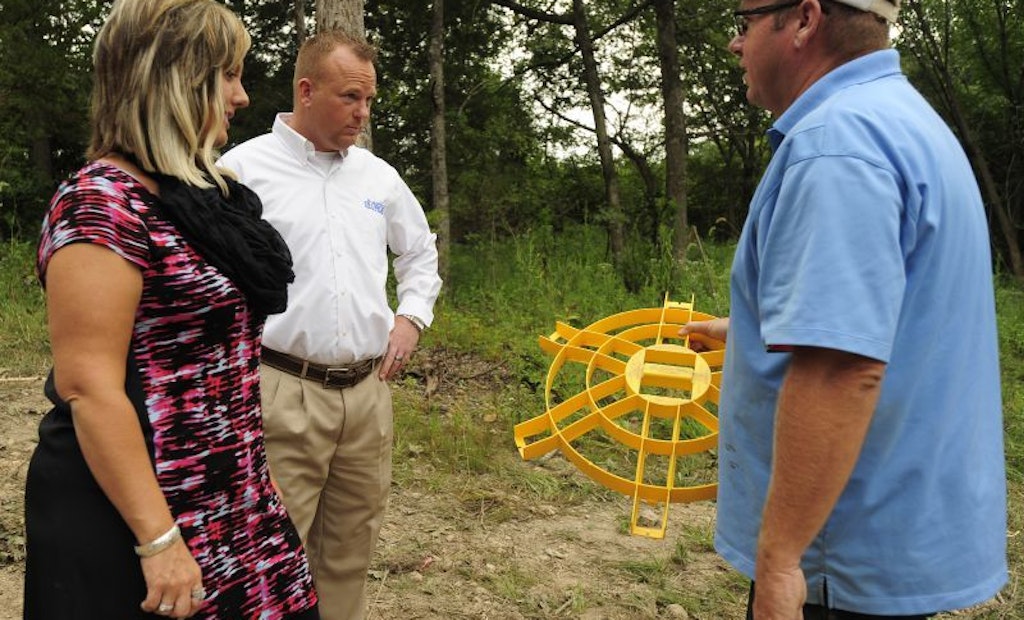Interested in Safety?
Get Safety articles, news and videos right in your inbox! Sign up now.
Safety + Get AlertsDo you remember the story of Amari Harley?
Maybe you don’t remember his name, but you probably will recall the story. Amari was a 3-year-old boy living in Jacksonville, Florida, who went missing during a family birthday party in a city park. He stepped on a faulty septic lid while playing, falling into the tank. The search for Amari ended when the tank was discovered and drained later that day, but by that point, the little boy was dead.
Unfortunately a similar tragedy took place recently in an RV park near Rockport, Texas. Two-year-old Charleigh Nelson was outside playing and a witness saw her jump on a septic tank lid. “The lid flipped, and she was gone," he says. While this time witnesses knew immediately what had happened to her, despite police and other rescuers working to save her, the little girl was dead by the time the crew could retrieve her.
Onsite Installer has discussed several similar stories over the years, occasionally with a heroic rescue and happy ending, but more often than not, these stories report on the death of a child.
I know these reminders are not falling on deaf ears here in the industry, but unfortunately this important message of lid safety isn’t yet universally known among all septic system users. But don’t give up trying to educate your customers. Teach them about the importance of regularly inspecting their lids and risers for damage or vandalism. Encourage them to call you if they have questions about safety.
Get involved in public discourse on this issue. Contact your local media outlets to help bring light to these tragic cases and explain how everyone can help prevent them in the future. Use your website and social media posts to help inform your customers and other community members about this issue.
Securing septic tank lids needs to be a priority for everyone involved in the onsite industry: installers, pumpers, maintenance providers, inspectors, regulators and homeowners.
Here are some tips from instructor Sara Heger:
- If you see an unsafe lid, don’t walk away from it! Often when you are out doing service or an inspection on a system, the owner is not home. This typically results in a report with a list of repair activities that need to occur and you wait to receive permission. Issues of safety should not be optional repairs. Therefore, having service and maintenance vehicles stocked with likely material for lid repair and replacement is key. In addition, have safety tape and lathes to block off the area until the repair can be made with the supplies available. A new lid can be made available for under $50.
- Include information about lid and tank safety on all education materials you provide, and place danger signs on exposed lids. The potential risk of an open septic tank is not something that all members of the general public understand, and it is part of all our jobs to change this. To the public, falling in a septic tank seems like a disgusting mess to get out of, and unfortunately some people think that it doesn’t pose a real danger. Include a reminder to check tank covers between servicing to make sure lids are in place, screws are securely fastened and there is no cover damage.
- If you are concerned about a lid that is technically safe but likely to be driven over or accessed by the public, install a permanent barricade, secondary restraint or additional locking mechanism. A safety screen or secondary restraint can be added for as little as $25 and provides an extra layer of protection and should be installed even if the access is not exposed to traffic and public.






